The destruction of the South Philly Meadows has begun, and, according to witnesses, not in a safe way. As of the morning of Tuesday, August 24, there was no fencing securing the land while trees upwards of 50 feet were being felled close to park users.
“As I walked through the Meadows I noticed a bulldozer clearing underbrush next to a path,” says Gabriel Galson, who was at the site in the morning. “It continued work as I approached it. I watched a ‘feller-buncher’ rip down around 60 trees over the course of two hours. The area was unsecured, unmarked, and connected to the main Meadows path. Many unaware of the situation walked by with dogs while trees fell feet from us. To get out of the logged area I had to climb over several fallen trees, timing this to not get hit by others.”
The clearcutting began on Tuesday, August 23.
“I was shocked when I went out to FDR [Tuesday] night to see the loop trail coming down the hill in the state it is in,” says Kat Kendon, a local activist with Save the Meadows. “They said all of the construction was to be done in places that were inaccessible. And that certainly is not the case.”
The construction Kendon is referring to is part of a permit that the City of Philadelphia has to develop a 33-acre wetland between Mason’s Hill in the FDR Meadows and I-95 that runs along the border of the park. The fill from this excavation will then be transported through an access road along the orange fencing that has dotted the landscape for months and piled into an enormous mound next to Bellaire Mansion.
Even before the orange fencing went up, Kendon and other FDR Park neighbors and users started the grassroots Save the Meadows group to begin organizing people’s voices against the planned construction, instead advocating leaving the Meadows in the wild state that overtook the former FDR golf course, which had closed in 2019. That group was then supported by the more formal The People’s Plan for FDR Park, which is a coalition of environmental groups throughout the city.
Both the grassroots group and the formal coalition wanted a seat at the table with Philadelphia Parks & Recreation (PPR) to have a dialogue on how to preserve as much as possible of the natural beauty that emerged at the Meadows. But, as Kendon explains, PPR Commissioner Kathryn Ott Lovell refused to “discuss with protestors.”

On a recent walk with Scott Quitel from the Land Health Institute, Kendon says Quitel expressed confusion about why the City was trying to create a wetland with trees in a place that was already a wetland with trees. This concern was shared by Philadelphia’s former floodplain manager, Joshua Lippert.
“There is no need to cut down trees on land development sites,” Lippert says. “They could have enough room to build around the trees. There is always a way to protect certain sizes and certain species of trees. It just takes arborist surveys and better design.”
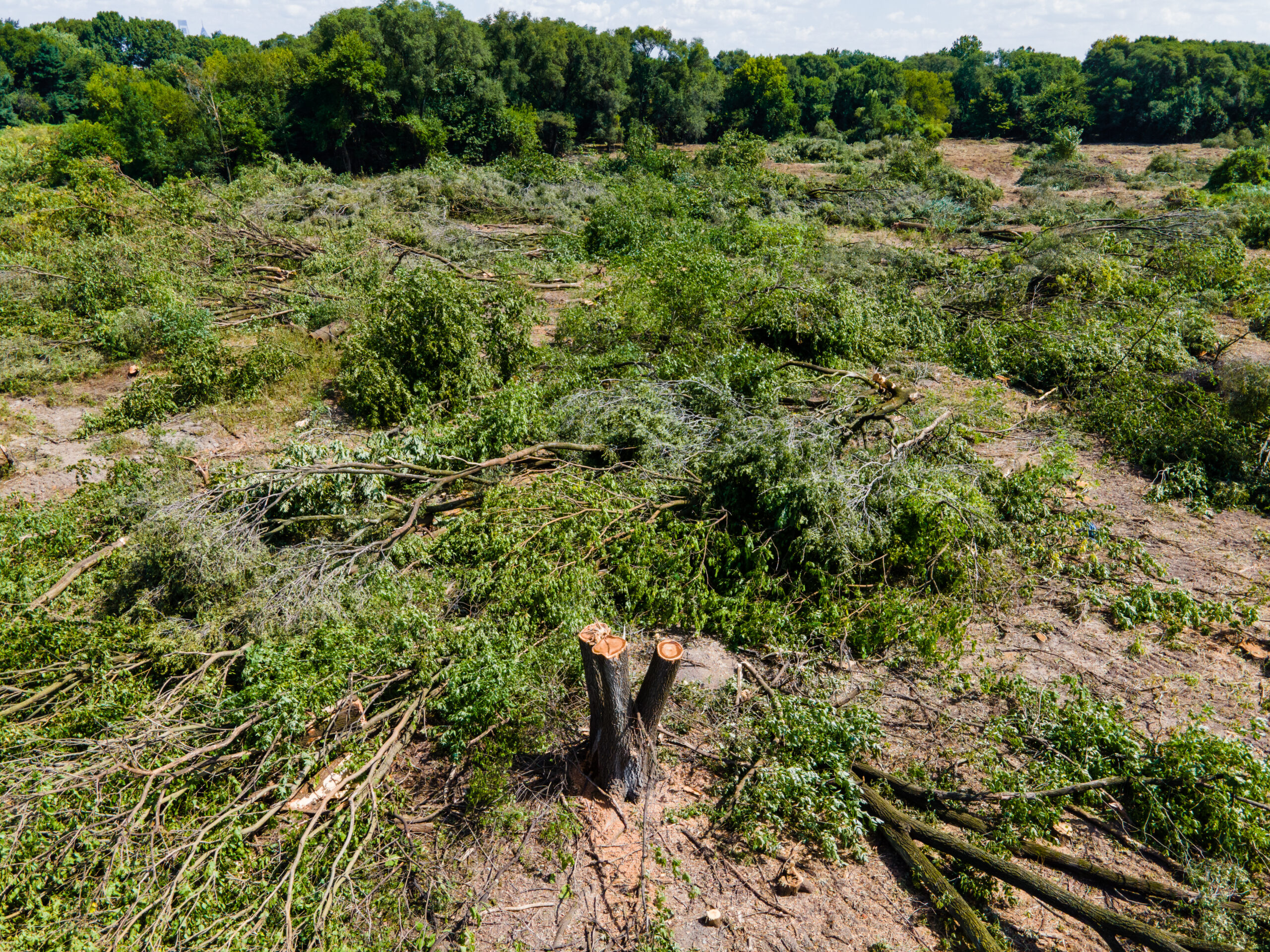
While Lippert concedes that land development projects do at times require human engineered wetlands, he too was critical of the City’s decision to disturb a natural habitat and cut down trees in order to make a natural habitat.
Lippert attributes this lack of planning and design to the fact that Philadelphia has, in his opinion, some of the most pitiful regulations when it comes to trees, especially those on public land, where carve-outs in the law don’t require public agencies to take the same tree-protection measures as private entities.
“In most other cities that have effective tree regulations, you wouldn’t see this kind of tree removal,” Lippert laments. “This runs counter to the mayor’s goals of increased tree canopy to reduce heat. Usually in cities you see private interests threatening trees. But in Philly, we’re seeing public interests threatening trees.”

For Kendon, the surprise of the loss of this crucial habitat, for both humans and animals, was amplified because it ran counter to the updated FDR plan — released by the City last week — that said places like the trail loop and Bowman’s Hill would be spared the destruction.
Kendon can already see the highway, which will be completely visible during construction and long after as any newly planted trees mature, destroying the serenity that the former tree canopy provided from the din of traffic from I-95.
“What is the point of a parks conservancy that doesn’t conserve?” Kendon asks. “This is like a Cobbs Creek redux. How can they get away with this again?


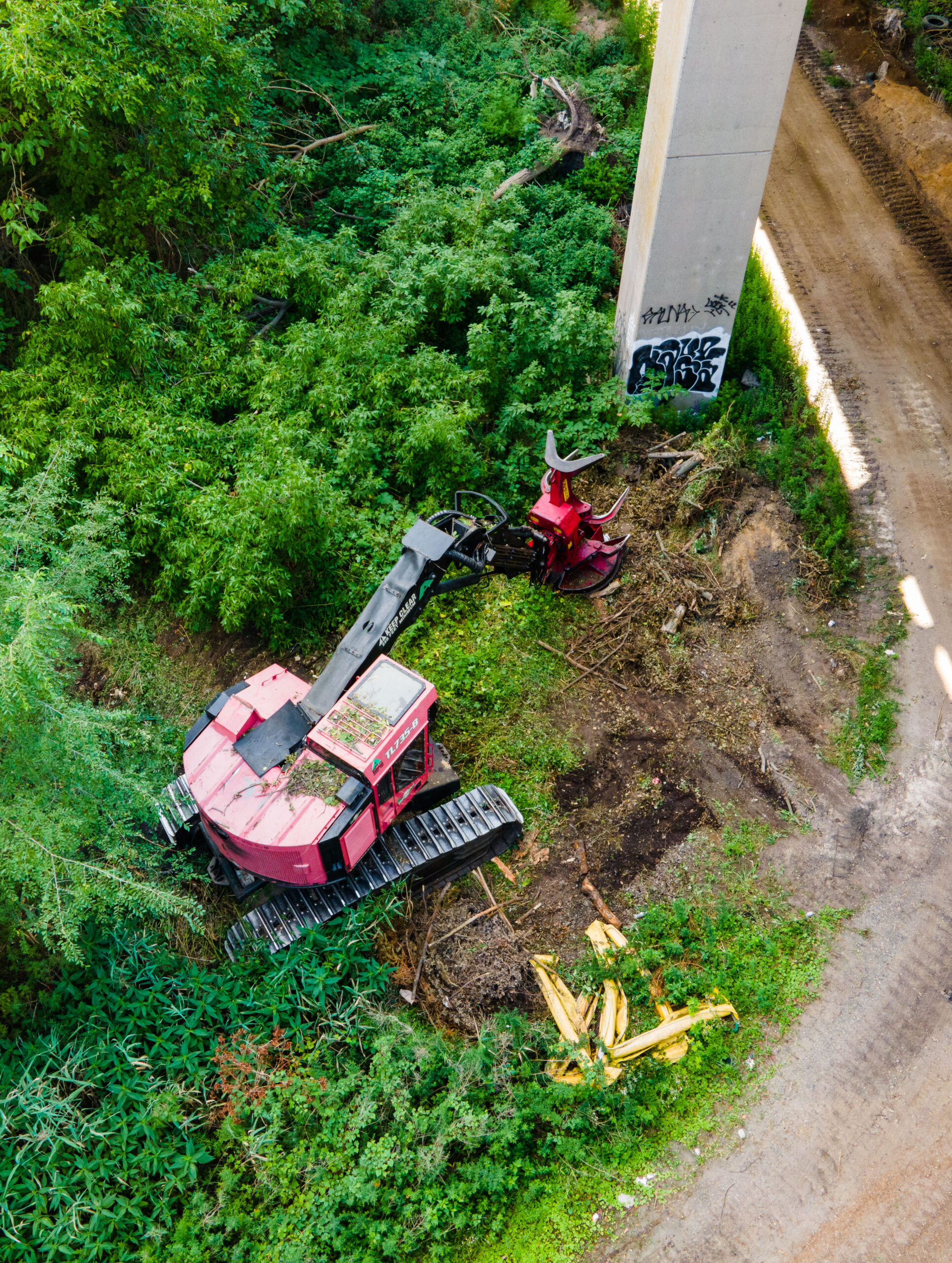

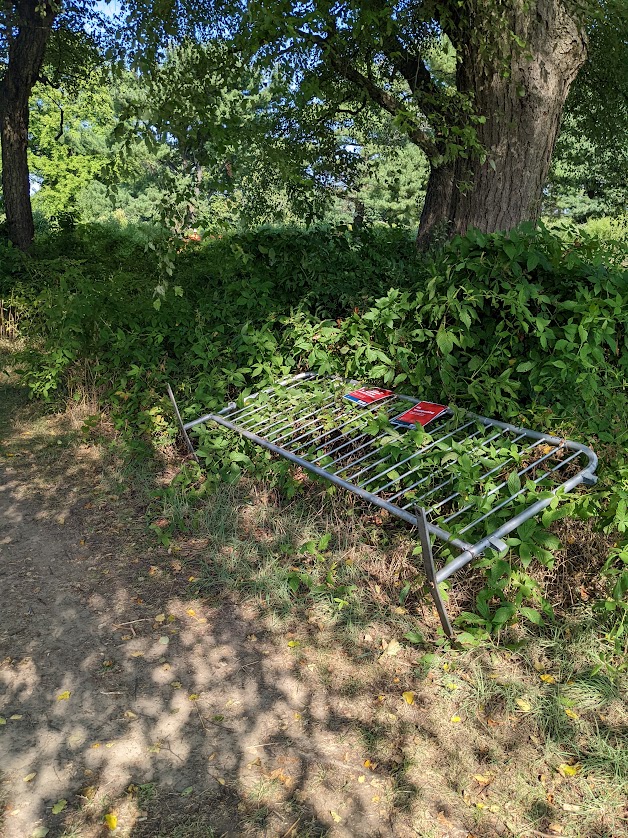
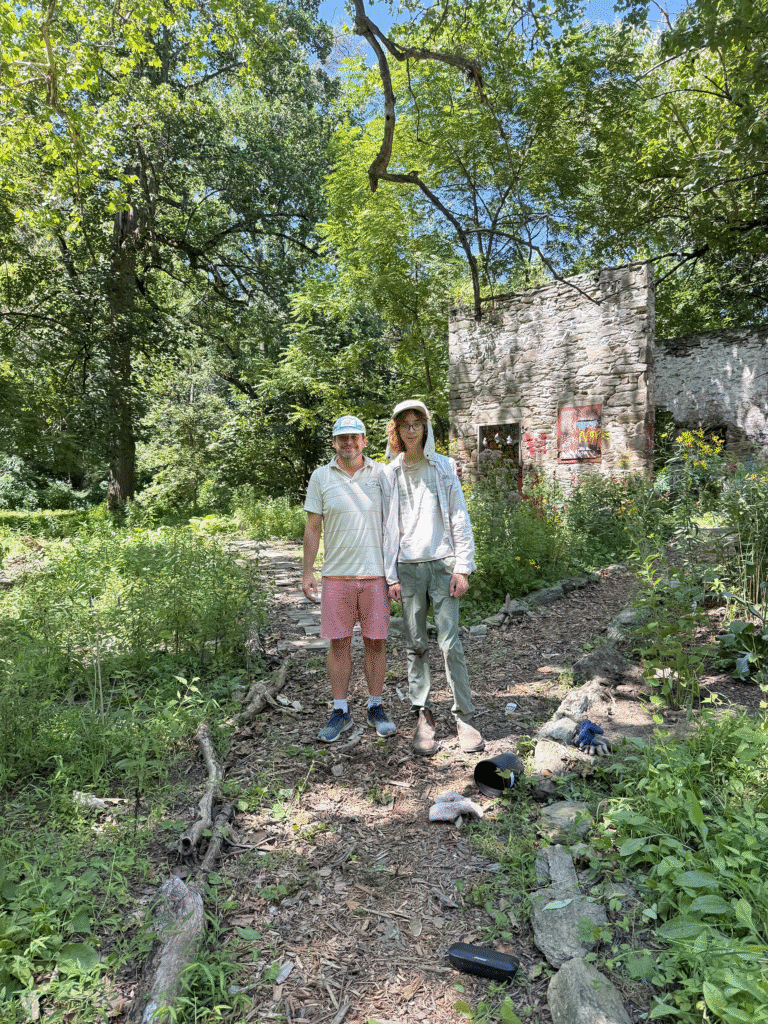
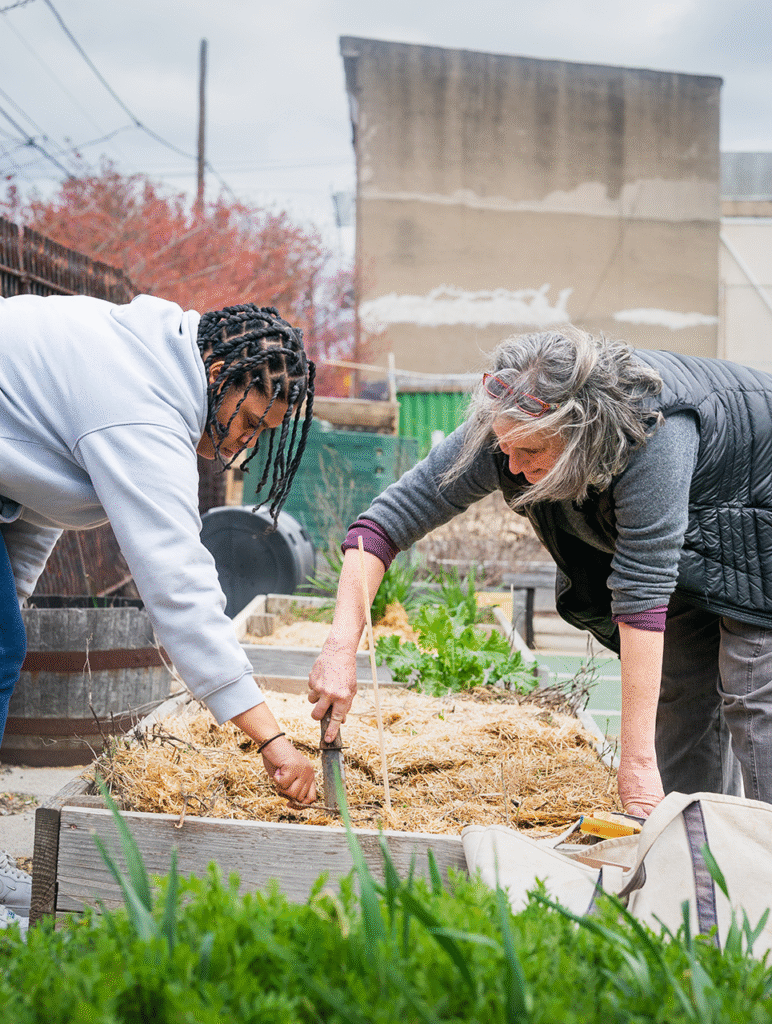
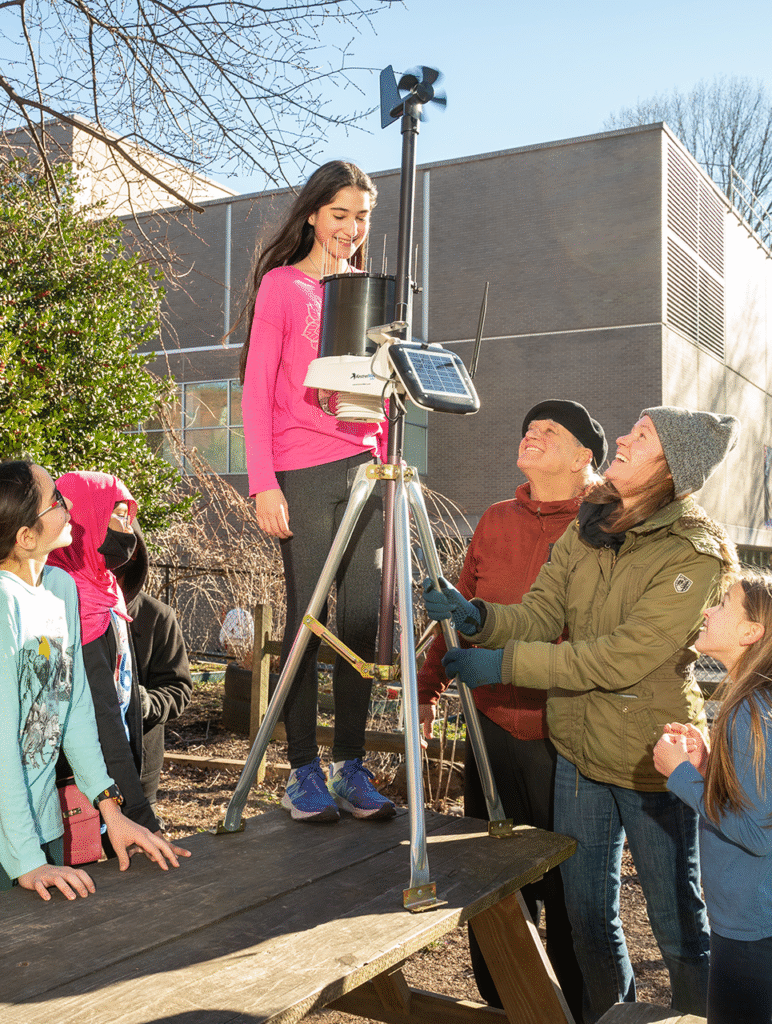
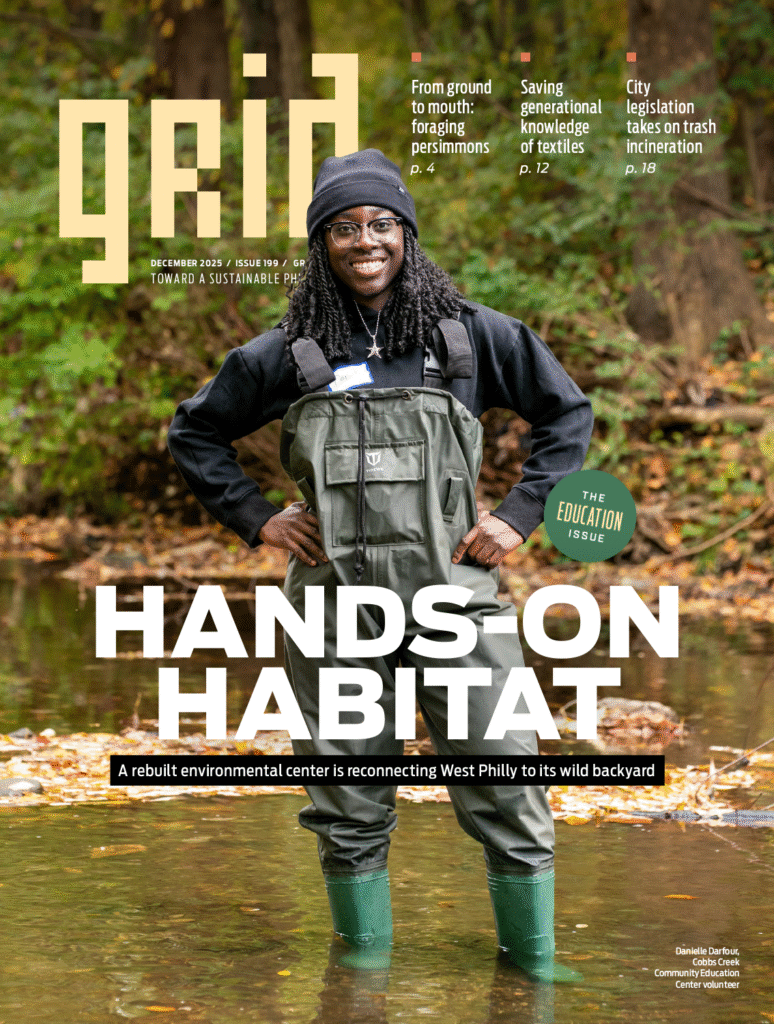
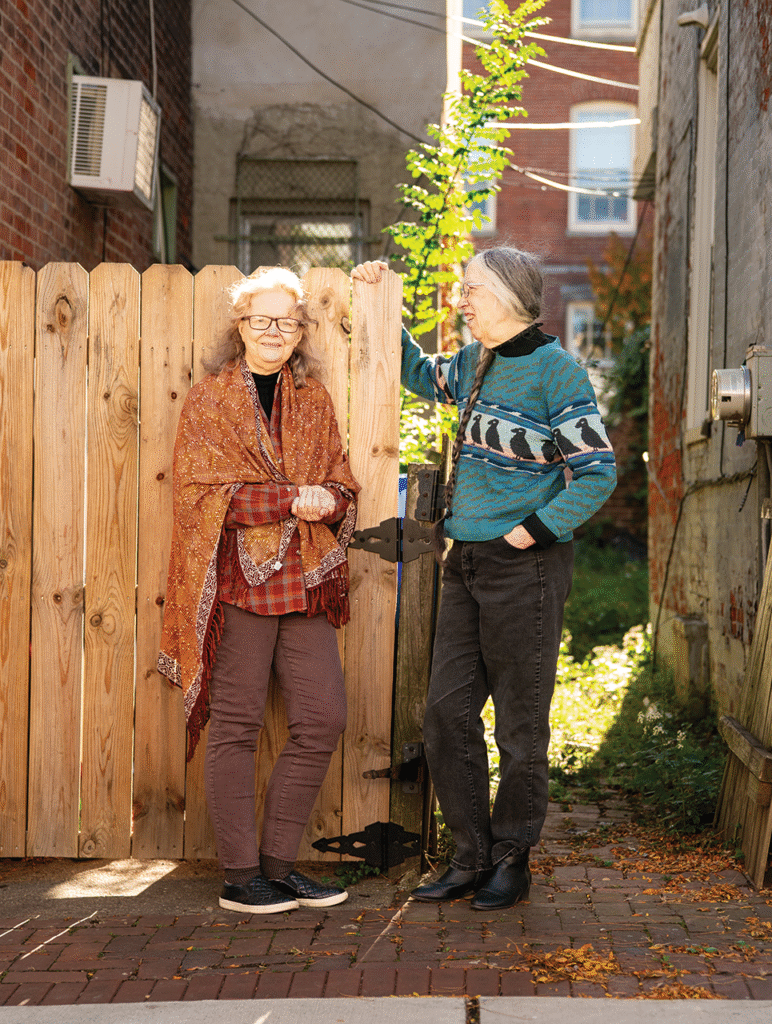
Safety is important, so people are right to complain about that. The “Save the Meadows” group is interesting to me. They talk about “Natural Beauty” but have rejected all opinions coming from educated groups that work in wetland restoration. Another example of not trusting of scientist and experts coming out reactionary circles. Cutting down certain tree is actually important in habitat restoration! Especially many of the trees growing in the meadows that are invasive, non-native, or growing out of neglect and not sound management.
The new FDR plan, while not perfect, is pretty damn good. It was put together in a way that respected current park usage, looked towards future park usage, and took into account good land management practice. It’s easily the best, most equitable, and environmentally sound plan I’ve seen in any capacity since moving to Philadelphia.
Grid Philly didn’t do good research in putting this piece out. To me, as someone who has done some restoration and knows folks working diligently in the field of wetland restoration, it seems uninformed at best and divisive at worst.
Hi Aaron, concerned longtime Philadelphian here! The survey conducted was not done in good faith, the demographics of the groups surveyed were not diverse, among other issues, where folks were given limited options for land use. Secondly, this area, where they are currently clearcutting trees, is a wetland and has already been an operative and mature ecosystem for many years. It is simply impossible to do the math on this and see it as a good remediation effort. In this area specifically, 70 acres of trees are being clear cut, and only 33 acres of wetland will replace it. That’s already a loss. The Northern corner of the Meadows near the Bellaire Manor will become astroturf fields which will undoubtedly worsen the heat island effect. When you are familiar with the area, you will realize that much of the spin placed on the area by the city as they advertise this plan is inaccurate. They paint this particular part of the Meadows as inaccessible and inoperable, but folks have been using it as a trail for generations. This is why community engagement is important. over 5,000 people have signed the petition to pause the development until the city agrees to address community and expert concerns. They’ve refused on the grounds of their first ground of community engagement having 3,000 participants. But, as I earlier mentioned, this was flawed, as well established groups like SEAMAAC have stood up to Kathryn Ott Lovell as she’s tried to overrepresent the diversity of respondents and options that appeared on the survey itself, on top of the fact that there was no follow-up to see if the plan that was crafted actually met the community’s needs. There is much to be concerned about here. From the issues I already mentioned, to the fact that this project is in collaboration with the Philadelphia Airport’s plans to remove nearly 40 acres wetland in Eastwick (an already floodprone area) in order to develop it, dump that soil in the upper section of the meadows for an indiscriminate amount of time, and , and create these 33 acres of artificial wetland, as they’re legally obliged to “replace” what they destroy. But what about when the destruction worsens the flooding in Eastwick? What about when this is technically a net loss of wetland and tree canopy in FDR park? There are major problems here. I apologize for the length of this comment, but there is truly so much information to synthesize– This is important work that GRID is doing, I say this as a Third gen South Philadelphian who knows that place like the back of my hand.
Excellent analysis!
What was your role in Eastwick on the areas near Darby Creek in Southwest Philly?
This is a more complex issue than Cobbs Creek, for example, where the destruction was for real estate development, with token concessions to the conservation minded.
While I think some Save the Meadows people have taken an absolutist position that’s just not going to happen, let alone whether it’s the most ecologically sound, they have raised legitimate questions about replacing the meadows with so many artificial turf fields, and also in my opinion, raise certain moral considerations about how we manage land (not saying you have to agree, but in my opinion they’re not to be dismissed out of hand).
It’s really obvious to me having read the city’s plan, and the opposition, that a compromise is actually completely possible, which is…rare to say the least these days. Unfortunately, the city is moving too quickly, having secured funding, and understandably, I’m sure, not wanting to get caught up in a fight. Everyone should come to the table, including the city and the Fairmount Park Conservancy, and compromise. It’s not that difficult, and while everyone would have to give a little, all interests can be preserved and the plan can for the most part progress,
But maybe most importantly in regards to your comment, you’re just incorrect in saying that opponents reject all educated opinions. In this very article, an ecologist and a land manager express concerns about the work being done. Other scientists have been quoted expressing concerns in other outlets, which would appear on the first page of a google search if you care to look.
So no, questioning a specific park management plan is not a rejection of science. The plan itself is not science — it makes use of science and engineering, yes, but it’s a political, not a scientific document. So yeah, ridiculous to paint people with that brush when it’s belied by the very article you’re commenting on.
Why did you feel the need to exaggerate and insult people who disagree with you in a way that’s demonstrably wrong? That’s we don’t have people talking to each other and ultimately compromising.
if you read the article you will see that the concern is not foremost that PPR is proposing to create a healthy wetland habitat, but rather that they chose the most harmful way to go about it. The design could have created wetland to the west of the 30 acres that are currently being clearcut. The chose the lazy way with absolute disregards for the need for mature canopy. WE MUST CONSERVE FIRST.
““There is no need to cut down trees on land development sites,” Lippert says. “They could have enough room to build around the trees. There is always a way to protect certain sizes and certain species of trees. It just takes arborist surveys and better design.”
Also — the whole park is ‘man made’, dating back to the 1914. Habitats today are not what they were 100 and 200 years ago — and with climate change some species are better suited to handle the increased heat and rising water level. We have seems how quickly nature returns when allowed to re-wild. With some some help it will be a thriving habitat.
I think there is some confusion about the upper meadows, that used to be the gold club and the mature woodland in the south that is being destroyed and dug up. If you have walked in those woods you would know that there are dozens of heritage trees and that it is a healthy habitat.
You characterization of the ‘save the meadows’ cause couldn’t be more off. Many ecologists, hydrologists, and climate experts (some quoted here) are involved. They’ve rightfully questioned the scientific soundness of the city’s profit-driven plan.
My take… The restored wetlands could be a good thing, if the current plan is radically improved. To be ecologically productive, and usable as a nature, area a wetlands must be surrounded by a buffer of natural space. The encircling astroturf fields prevent that. They need to be removed from the plan, or minimized to the greatest degree possible. The complete FDR redo the city’s now executing will involve removing nearly 100% of canopy cover in the current meadows, worsening air quality city-wide for decades. Parks and Rec is NOT interested in preserving native trees, they’re interested in clear cutting as quickly as possible so development can proceed. Dozens if not hundreds of 80+ year old native trees like white pines and oaks have already been cut,
Neighborhood residents and participants in the community process were ignored, and the soccer field plan was shoehorned in due to cronyism. Aaron, instead of defending this deeply flawed plan, why not push for another redo? With more nature around the wetlands, and an actual effort by the city to save existing canopy cover, we can make up for what they’re currently destroying, albeit in 20-30 years.
Excellent drone footage of the destruction —-beyond words –
All I am going to say is that it is very nice to see people upset and outright arguing about trees. That gives me hope.
The FDR plan appears driven by a need to bring in cash, as if each park is supposed to make part of its budget — in this case through rental playing fields that could be elsewhere and the airport paying to create a wetlands to offset a wetlands elsewhere — in a place where there was already a wetlands! As if human engineers have proven better than nature at creating them. As if parks were businesses, not services.
Aaron, you may be right that it’s an excellent plan. Maybe millions in airport money and the prospect of field rental fees had no influence at all on the choices that were made. But when so much is done in secret, with such heavily controlled, limited public engagement, with so much manipulation, the consistent refusals to engage with potential critics, the half-truths, the sneak attacks and misdirection … well, the bond of trust is broken.
The smart thing and the best thing for Parks and the city to do now is STOP. Stop right now. Start to listen. Open up the process. Stop driving toward an obviously pre-conceived goal. Act in good faith as a partners. Heck, as public servants, not autocrats.
It didn’t have to be this way.
Thank you Francesca, Rob, and Rich for your comments. I have been following this story closely on GRID (and thank you Grid!) since the beginning. I disagree that GRID did not research this piece correctly – your comments, Aaron, show that you have not done good research.
Kathryn Ott Lovell has been negligent in meeting the community’s needs, dishonest with some of her statements, and belligerent in refusing to speak with those who have a right to protest the plan. It is clear to me that she made up her mind to pursue her own agenda right from the beginning.
Why can’t Philadelphia public officials do anything the correct way? They don’t listen to people and/or experts in any coordinated way. SMDH